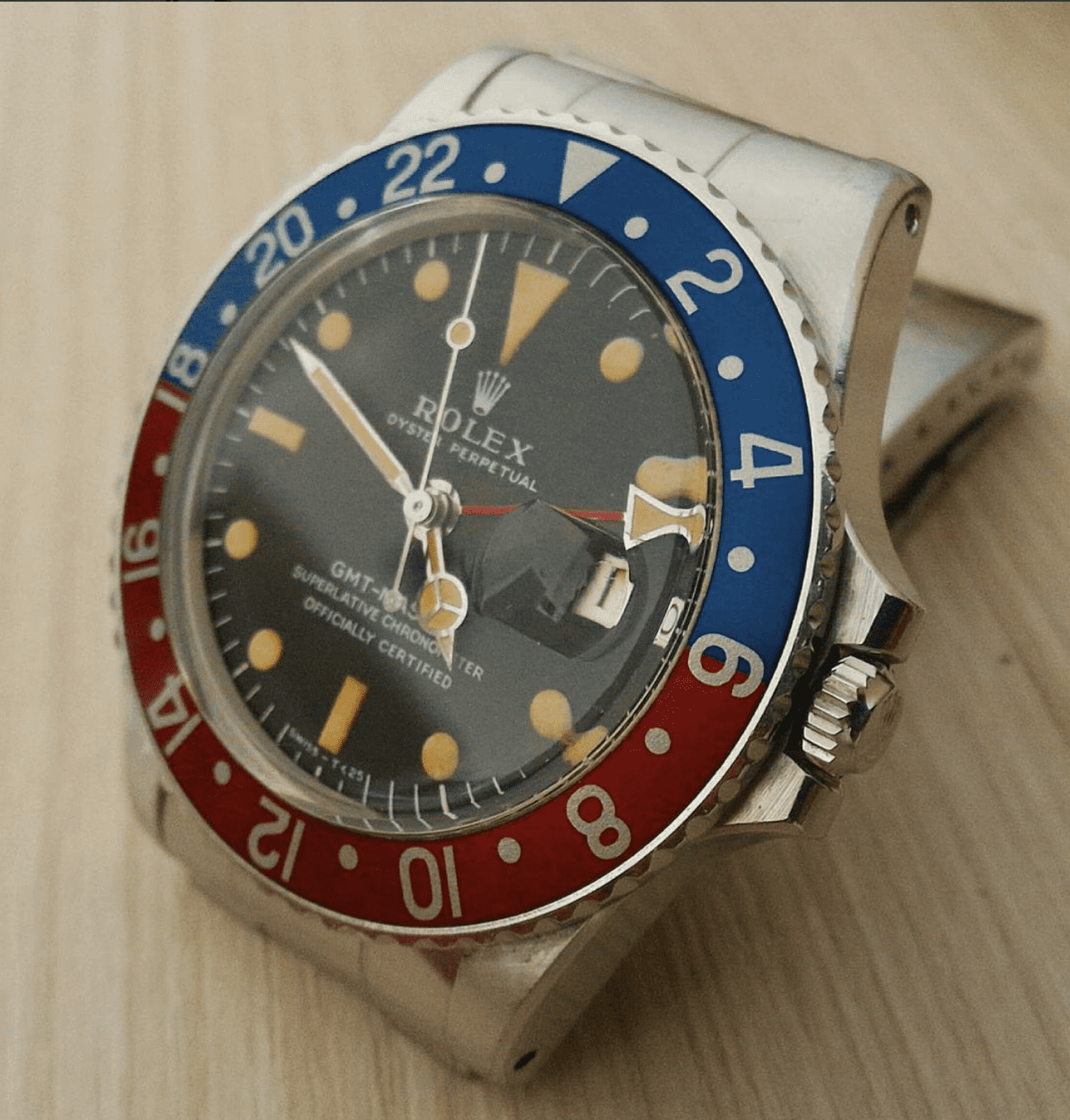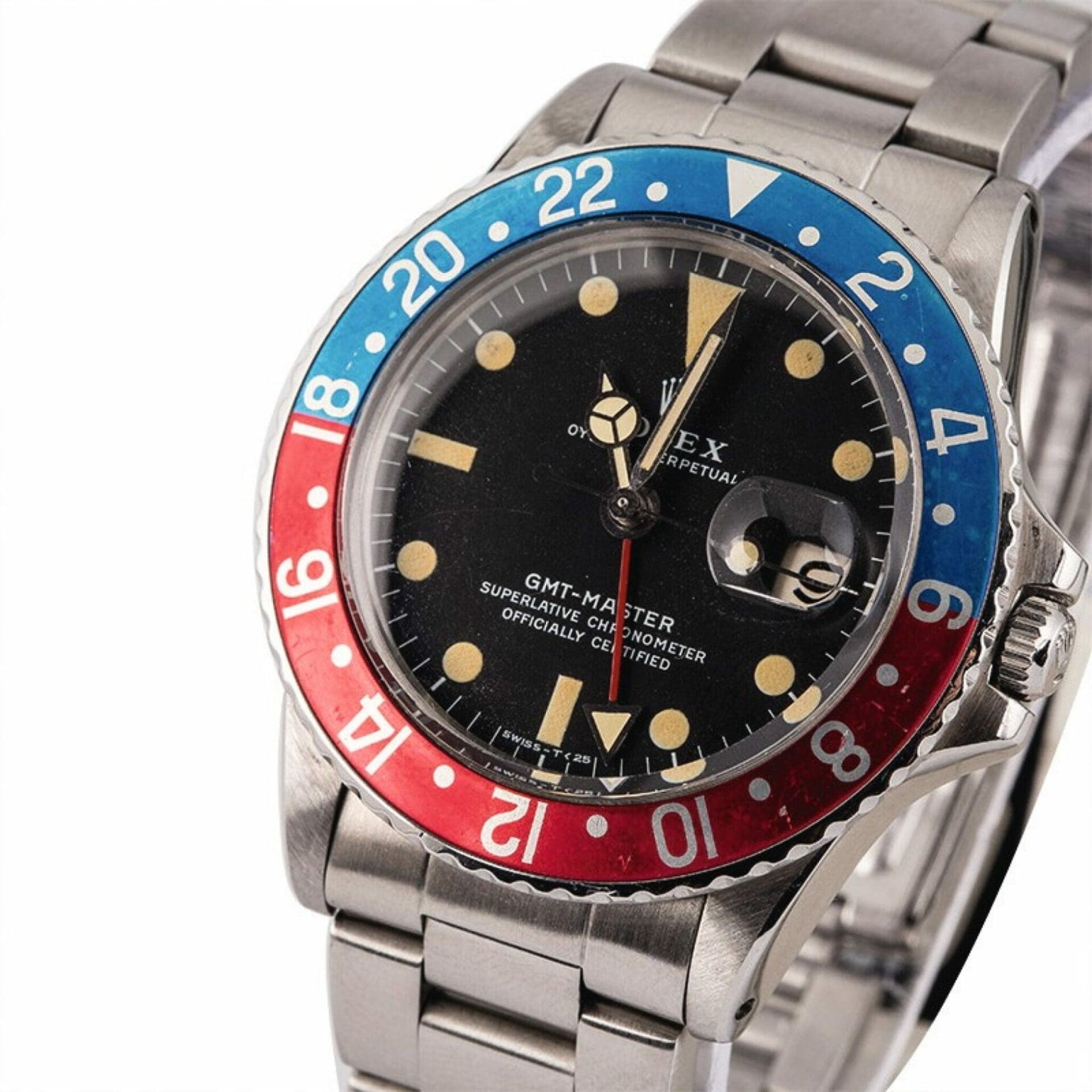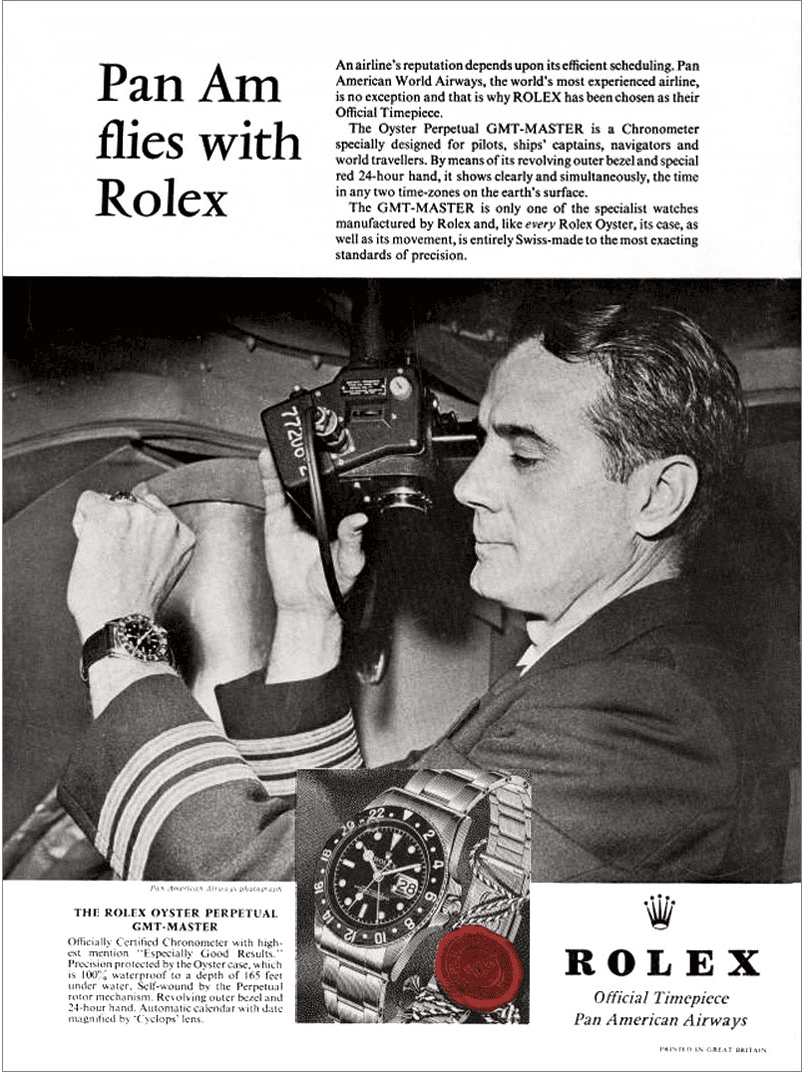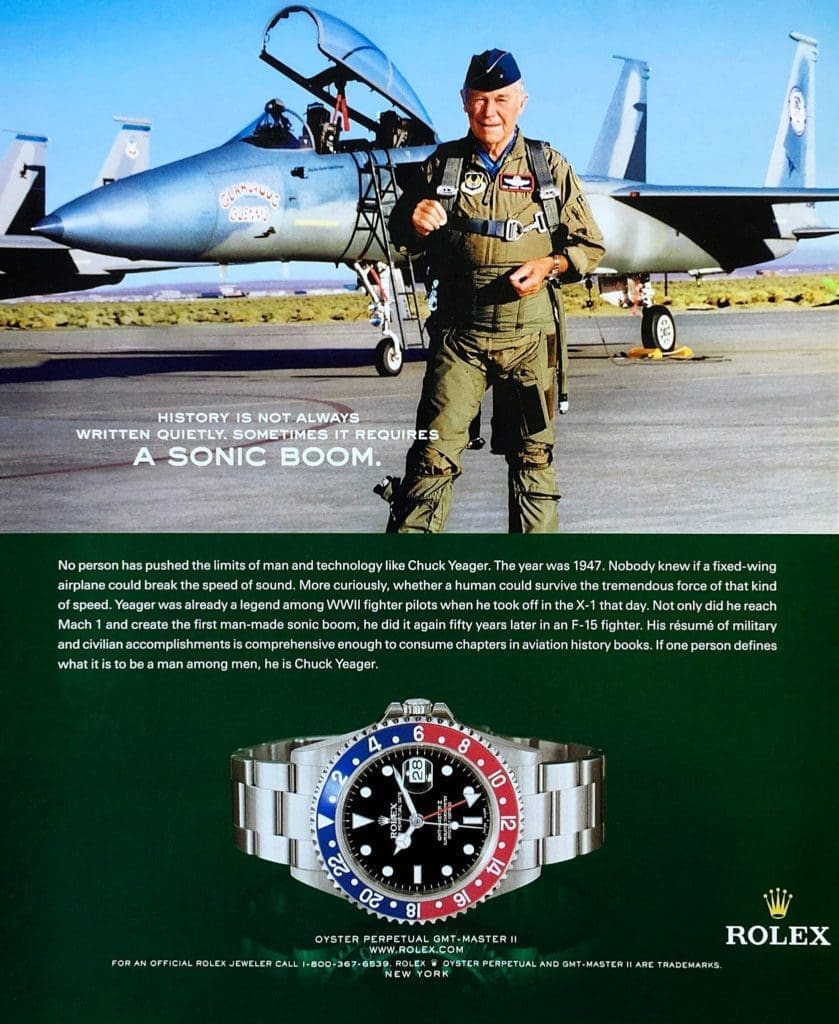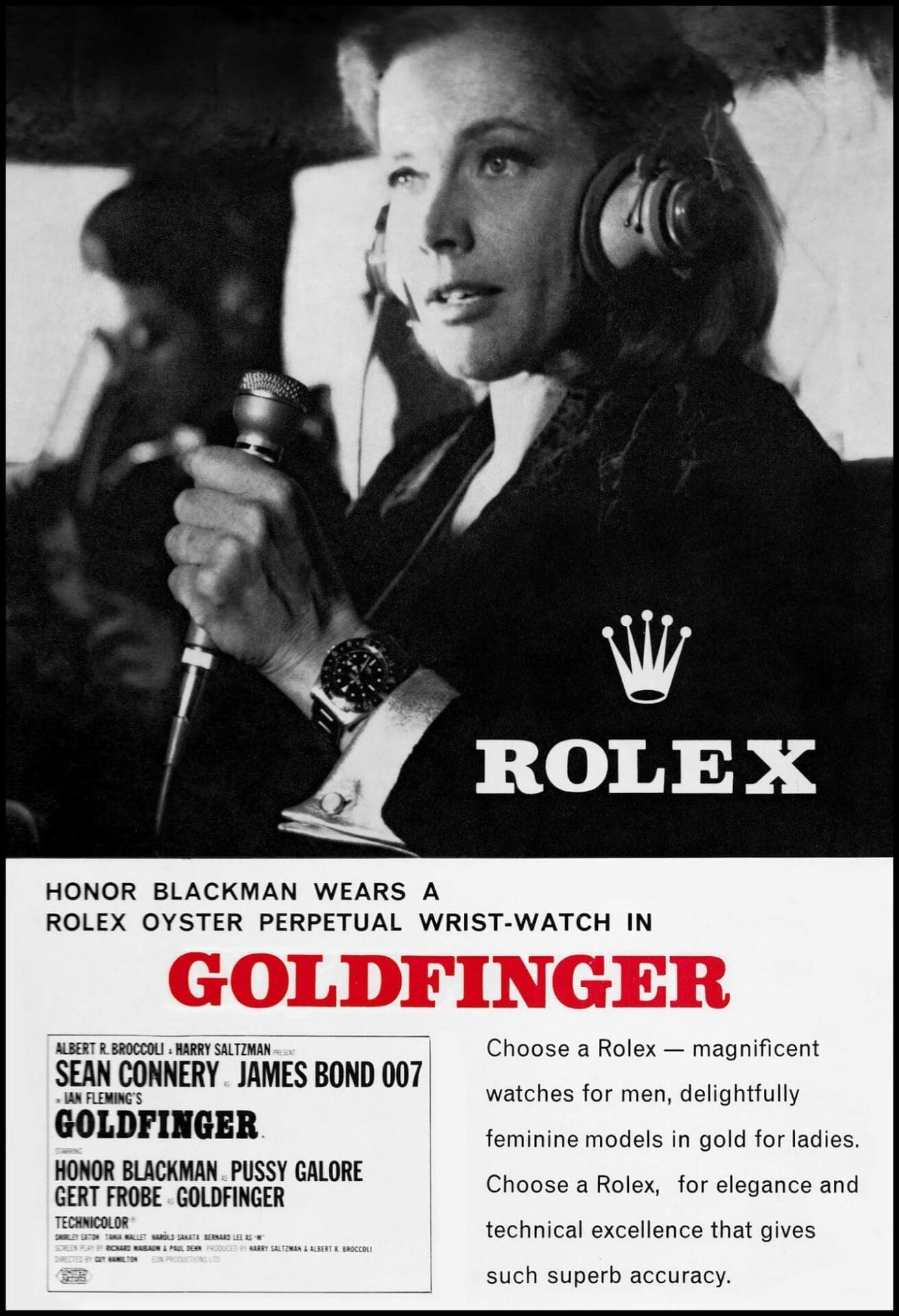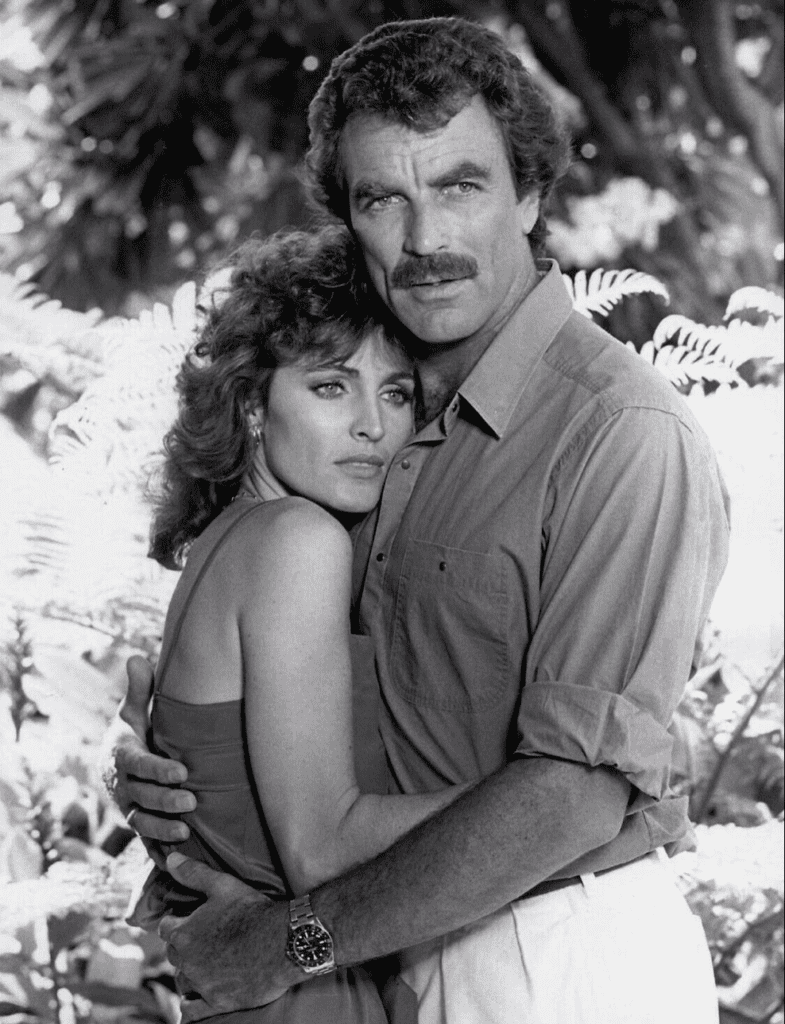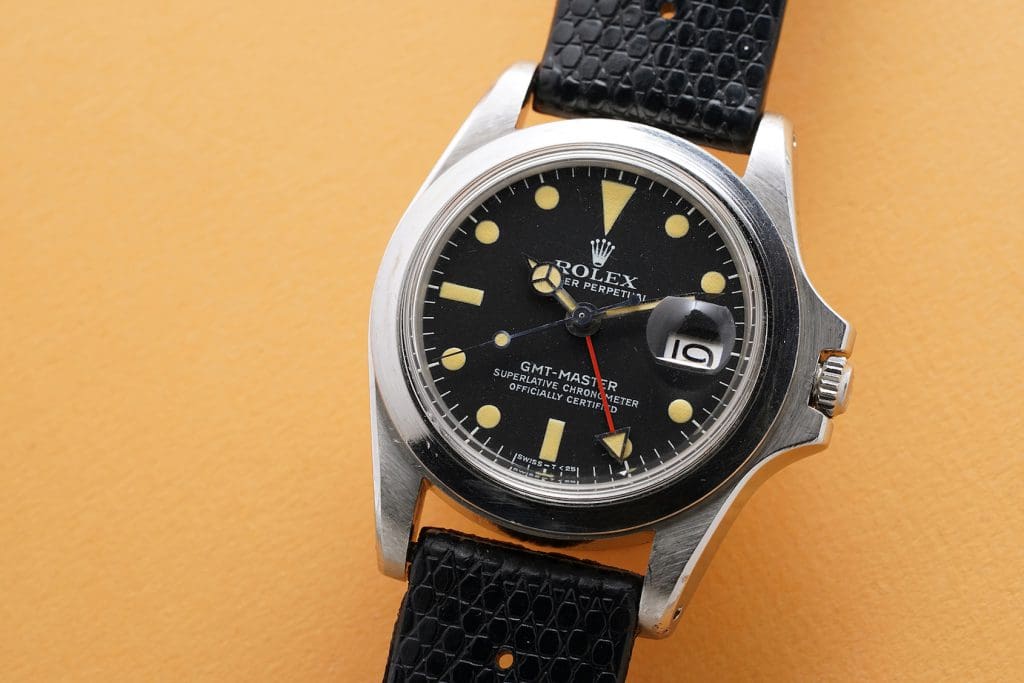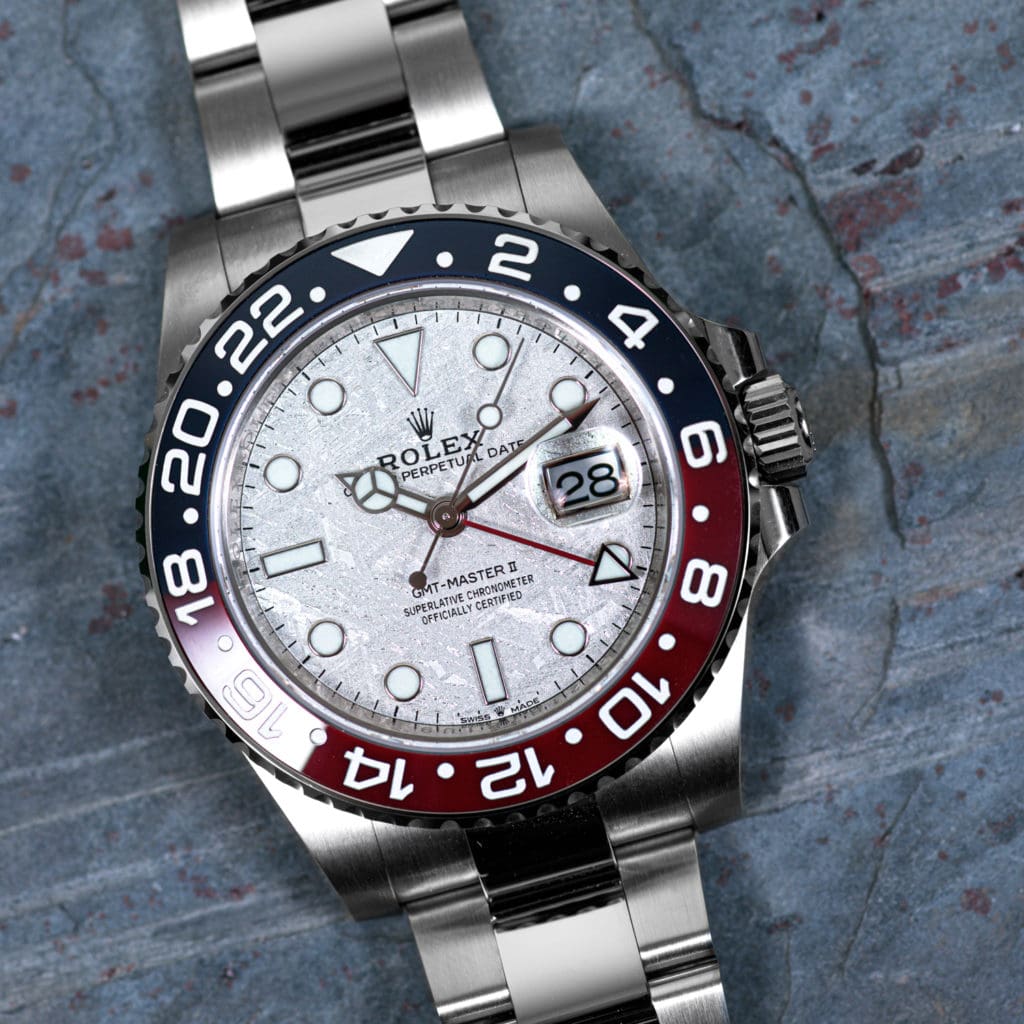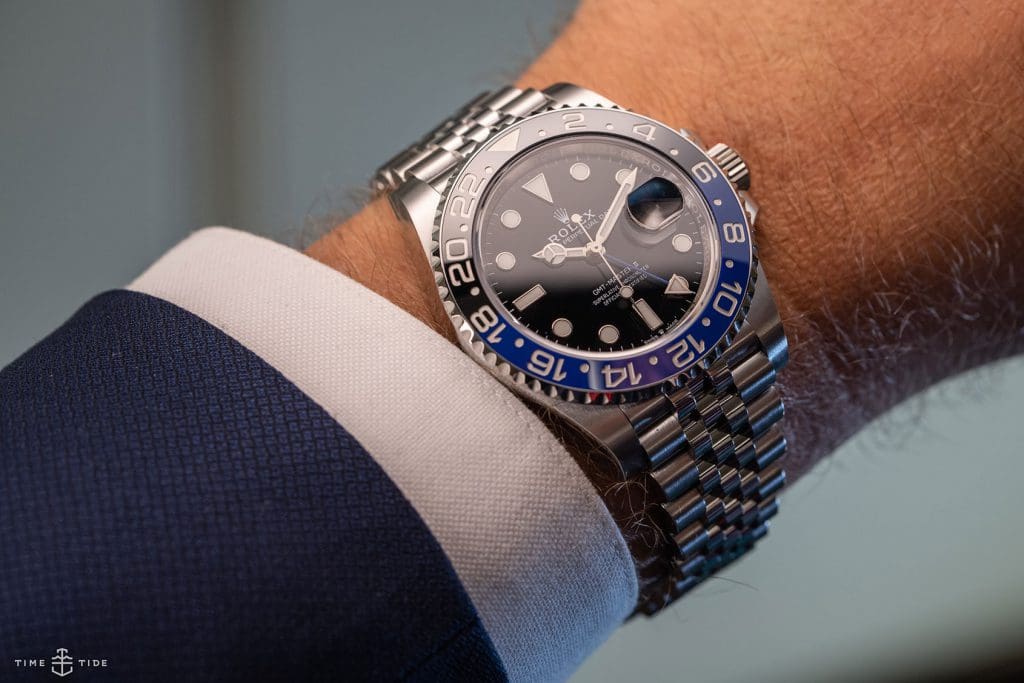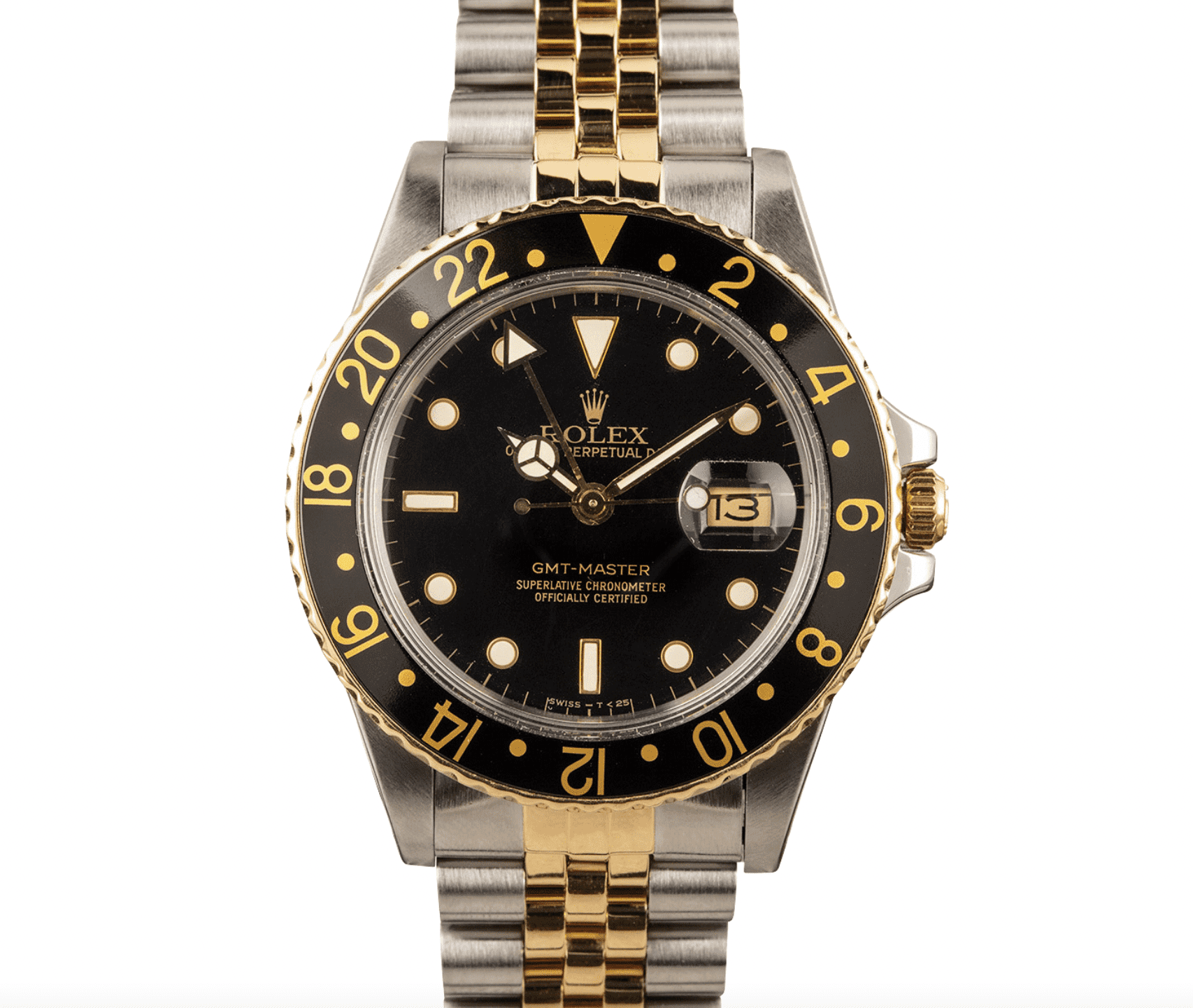How the Rolex GMT-Master defined jet-set style
D.C. HannayWelcome to The Icons, a new series where we take a horological deep dive into the most legendary watches of all time. We’ll delve into the story behind the watch, its evolution over the years, famous (and infamous) wearers, the classic references, and the contemporary versions you should be checking out. This week, it’s the Rolex GMT-Master.
Is there such a thing as the perfect “one-watch collection”? My God, I’d rather die. Sheesh. Excuse me, I think I need to lie down.
All kidding aside, there are many who would happily wear a single watch for all occasions. One that can easily handle a morning swim, a round of golf, and still pair up with a suit. Rolex were pioneers in achieving that ideal, with the introduction of the Oyster water-resistant case, and that advance has borne much fruit. Their classic Datejust and Submariner models have redefined what some think of as a “dress watch”, pioneering the idea of the “sports dress” watch. While a decidedly capable SCUBA diving tool, the Sub has made its way onto many a Martini-hoisting wrist at business lunches everywhere. And if your business lunch happens to be a continent away, The Crown has you covered, with what’s perhaps the ultimate sports dress watch, the timezone-hopping GMT-Master.
Early history of the Rolex GMT-Master
At the dawn of commercial aviation, airline passengers dressed up to fly. Smart suits and dresses were de rigueur. Nowadays, you’re more likely to be seated next to a fellow traveller rocking shorts, a Salt Life t-shirt and flip-flops, noisily chewing his complimentary pretzels, and hell-bent on encroaching whatever shred of personal space you might have left. C’mon, Dave, can I have a turn with the arm rest? It’s an experience that’s become decidedly more Greyhound than grey flannel.
But back in the mid-20th century, international travel by jet was a very new thing. The idea that one could travel from New York to London or Paris in a matter of hours was nothing short of revolutionary. The term “jet set” was coined. And to help their pilots keep track of multiple time zones, Pan American Airlines (Pan Am) approached Rolex in 1954 for a solution, and thus the GMT-Master was born.
GMT stands for Greenwich Mean Time, the time reference standard of the day, and the new watch had the capability of simultaneously tracking both a home and a local time zone. In addition to the hours, minutes, and seconds hands, the GMT-Master added another hand to track the second time zone, geared by the new movement to travel once around the dial every 24 hours. The 24-hour bidirectional bezel was new, too, divided by half into red “day” and blue “night” sections, and nicknamed the “Pepsi” bezel by collectors. That, combined with the large arrow tip of the GMT hand made keeping track of the second time zone instinctively simple.
That first GMT-Master iteration, the Ref #6542, had a 38mm case, 50 metres of water resistance, a (somewhat fragile) Bakelite bezel insert, no crown guards, and utilised the calibre 1065 movement. Its successor, the 1675, was one of Rolex’s longest-running models (around 20 years), with the case growing by 2mm to 40mm, and it featured newly-added pointed crown guards, later changed to larger, rounded ones. Gold and two-tone versions followed, with both black and gold/brown bezel inserts available. The end of the 1675 reference around 1980 brought about the beefed-up 16750 with a quick-set date, and later, the 16760, which added a new movement that allowed quick setting of the GMT hand. At that point, the new model was dubbed the GMT-Master II. Incremental changes followed, and by the mid-2000s, the case had grown again, featuring much bigger lugs, and the bezel now sported a far more durable ceramic insert, replacing the familiar aluminium one. This marks the birth of the GMT-Master II that we still know today.
Rise to fame
Besides its popularity with airline pilots, the GMT-Master found many fans in the military community, most notably, General Chuck Yeager, the American test pilot who was first to break the sound barrier in 1947, piloting the experimental Bell X-1 aircraft. Yeager was a long-time Rolex ambassador, who had worked with the brand since the 1950s, and was instrumental in the development of the GMT-Master.
We can’t talk about the history of the GMT-Master without a special mention of actress Honor Blackman. The British actress was famous in her native England for her role as Dr Kathy Gale in the spy television series The Avengers, and found much wider success when she was cast opposite Sean Connery, in arguably his best outing as James Bond in 1964’s Goldfinger, playing henchwoman Pussy Galore. A judo expert and pilot in the film, she was perhaps Connery’s greatest female foil, and as my daughter would say, an original girlboss. No mere Bond girl, she was clearly not taking any of James’ nonsense. Such is her association with the GMT-Master (a woman wearing a man’s watch, how scandalous!) that the 6542 has since become nicknamed after her character.
Famous wearers
Certainly one of the most iconic wearers of the GMT-Master is actor Tom Selleck, who famously wore (and still wears) a Ref #1675 Pepsi as Thomas Magnum on the wildly popular ’80s TV series Magnum P.I.. Magnum’s GMT is as much a part of his identity as short shorts, Hawaiian shirts, Ferraris, and a mustache that belongs in the Louvre.
One of Hollywood’s original tough guys, Clint Eastwood has long worn a completely baller two-tone 1675/3 with the brown and gold “Root Beer” colour scheme. The star of classics like A Fistful Of Dollars and Dirty Harry, Eastwood’s GMT-Master featured applied dial indices (nicknamed the “nipple dial”) and a two-tone Jubilee bracelet.
Cuban dictator Fidel Castro was also a major league Rolex fan, with both a 6542 and a 1675 in his stable. Apparently his embrace of Communism didn’t extend to his taste in wristwatches, which probably should have leaned more toward Vostok. Ah, pity the proletariat.
Screen legend Marlon Brando famously wore his GMT-Master 1675 sans bezel as the mad Colonel Kurtz in Francis Ford Coppola’s Vietnam war epic Apocalypse Now. The watch was auctioned in 2019, hammering at a price just below $2 million USD.
Among more contemporary Rolex fans, brand ambassador Roger Federer, the Swiss tennis GOAT, counts a 116710 “Batman” as part of his collection. With its black and blue Cerachrom bezel, it was an instant hit with collectors upon its introduction in 2017, and remains in ultra-high demand.
Favourite models
The problem with iconic Rolex watches? Everyone wants one, so supply is perpetually outstripped by demand (don’t get us started). Unless you are close personal friends with an authorised dealer (or you’re willing to barter away a future child), you will pay well over retail for any new Rolex. I’ll detail a couple of my favourite new Rolex GMT-Master models below, but for less of a sting to the wallet, perhaps the smarter money is in a vintage (but not too vintage) piece, even though they are still trading above current retail for modern versions. The best you can hope for is finding a used model less affected by the current Rolex bubble.
Probably the most outré model in current production, the meteorite-dialed white gold 126719BLRO is as hot as an interstellar object blazing through Earth’s atmosphere. The Pepsi-bezelled looker retails for a not-insubstantial $39,900 USD, but you’ll likely never find one for less than $60K.
The previously-mentioned Batman is now available on both a Jubilee or Explorer bracelet, although “available” is a relative term. Arguably the best-looking current model, the 126710BLNR on Jubilee (now dubbed the “Batgirl” by some collectors) lists for a mere $9,700 USD, but expect to pay a flipper double that amount.
Remember when I said that maybe you should consider a vintage GMT-Master, but not too vintage? If you’re bound and determined to track down one of these highly-coveted classics, my suggestion would be to start by finding a five-digit reference, and picking the iteration you like best. The older models’ prices, while still inflated, are somewhat more stable than the new models, and there are a couple of sleeper models out there. Rolex made tons of them, so choices are plentiful, and you just might get lucky. My choice would be a black-dialled two-tone model (like this one from Bob’s Watches, which should start around the $12K mark. Still a good sight more than retail for a new one, but that’s the cost of entry, friends.
And there it is, the last word in a do-it-all watch that travels anywhere you might go. Given its history, its demand, and its ability to truly be a “one-watch collection” for many wearers, the Rolex GMT-Master is doubtless an icon among icons.




